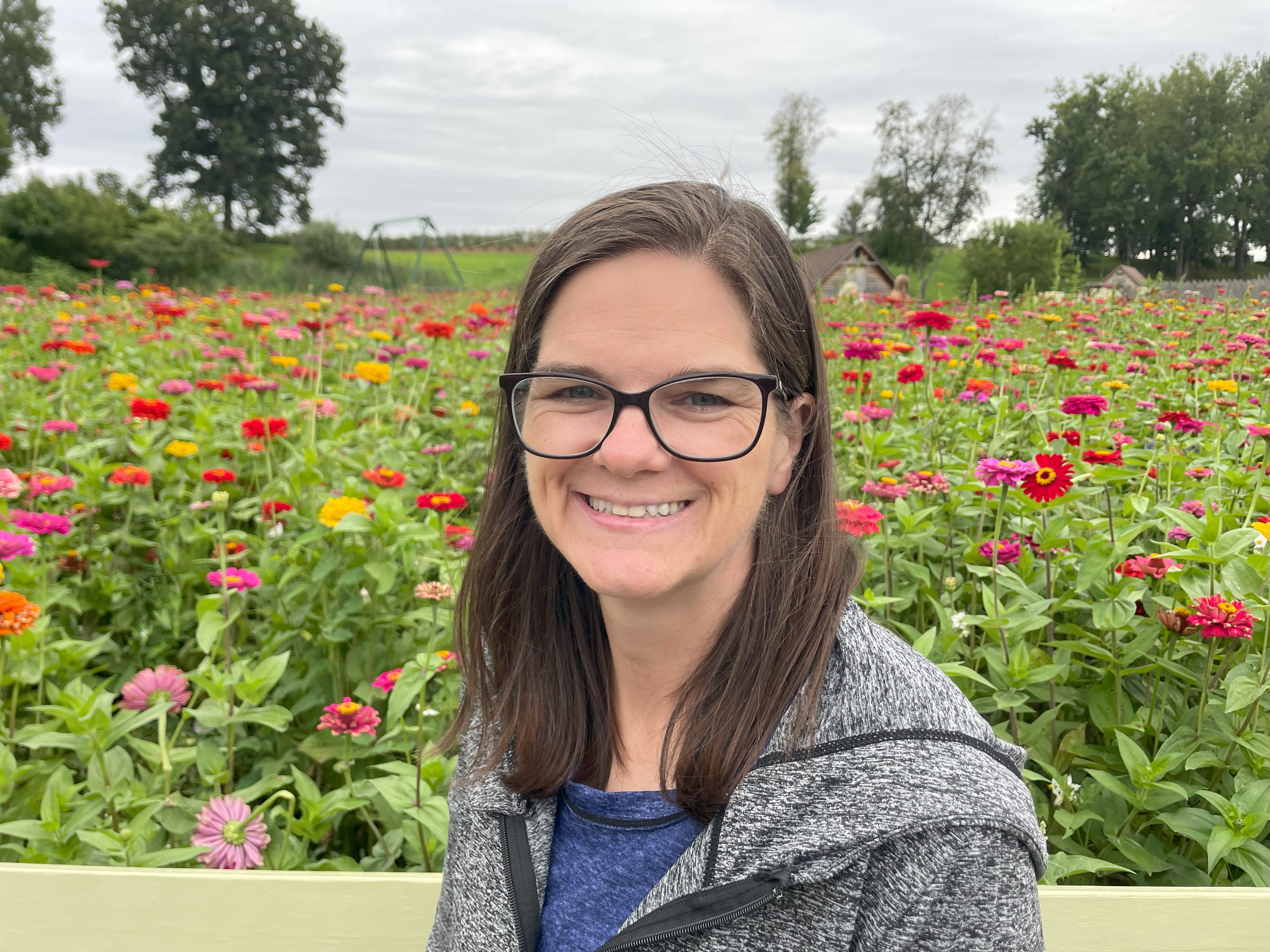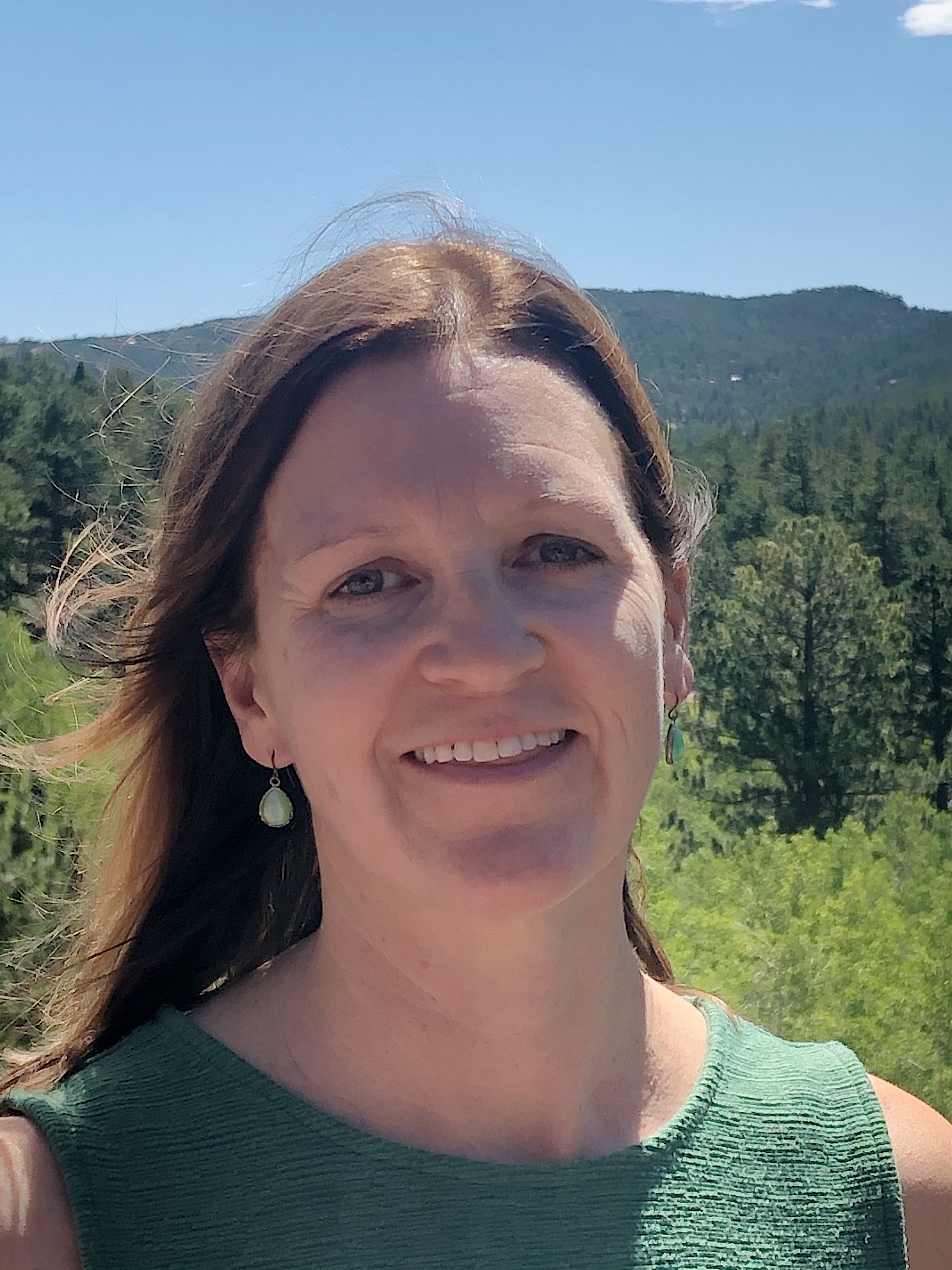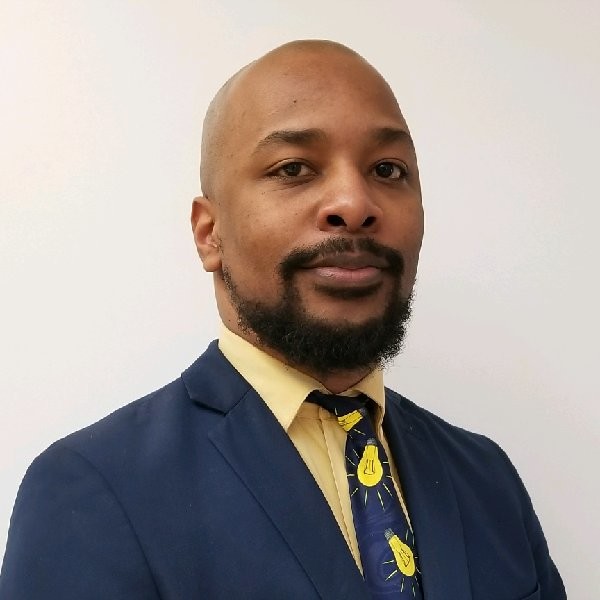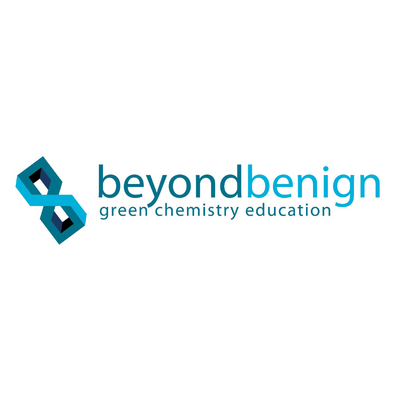GREEN CHEMISTRY AND SUSTAINABLE SCIENCE: A Green Approach to Sustainable STEM in K-12 - Chapter 5: Curriculum Unit
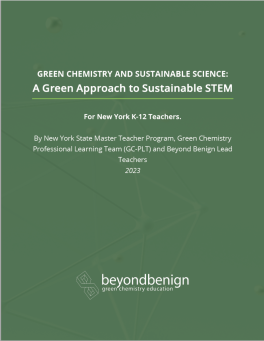
Summary
This chapter is meant to illustrate what a unit-level learning experience can look like as students engage in concepts related to structure and chemical reactions. While the prior chapters provided a set of lessons around a specific topic at different grade spans, this middle school unit illustrates how students can engage in a variety of investigations and modeling to explore the molecular nature of substances and how they interact, with explicit considerations of green chemistry principles. Through this unit, we intend for students to see the relevance of the activities and green chemistry principles to their lives and apply their learning to authentic situations.
Chapter 5 Contains:
1. Introduction
2. Elephant Toothpaste Learning Expedition (Middle School; Erin)
a. The Phenomenon
b. Lesson 1
c. Lesson 2
d. Lesson 3
e. Lesson 4
f. Summative Assessment
Chapter 5 Contains:
1. Introduction
2. Elephant Toothpaste Learning Expedition (Middle School; Erin)
a. The Phenomenon
b. Lesson 1
c. Lesson 2
d. Lesson 3
e. Lesson 4
f. Summative Assessment
Safety Precautions, Hazards, and Risk Assessment
see individual activities
Digital Object Identifier (DOI)
https://doi.org/10.59877/SLVH2274
Related Learning Objects
File (PDF, PPT, image, etc)
File (PDF, PPT, image, etc)
Creative Commons License

This work is licensed under a Creative Commons Attribution-NonCommercial-ShareAlike 4.0 International License.

